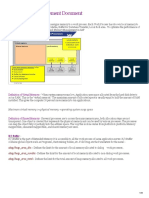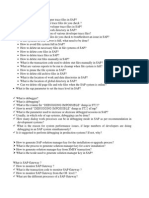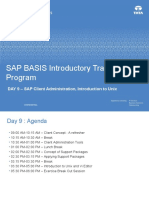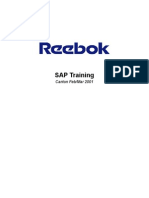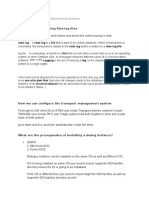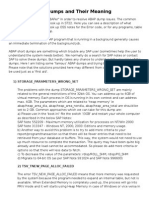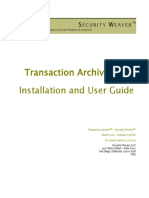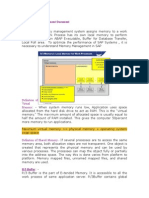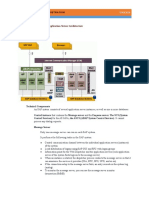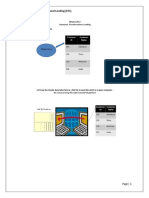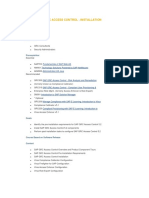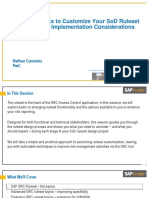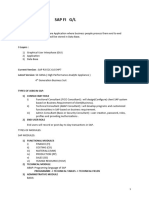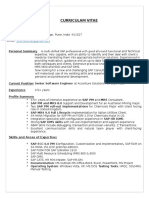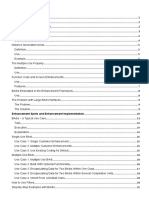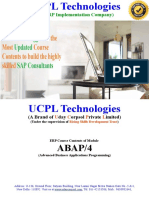100% found this document useful (2 votes)
873 views25 pagesSAP Basis Basics PDF
R/3 is a set of programs and tools that interface with operating systems, databases, communication protocols, and presentation interfaces to enable R/3 applications to have consistent functionality across different platforms. The R/3 Basis software includes development, administration, and monitoring tools. It uses a common API to interface with databases like Oracle and operating systems like Unix. Transactions are executed by work processes, which are managed by a dispatcher process. Each work process runs ABAP programs and interprets dialog steps to execute R/3 application logic and interface with the database. Memory for work processes is allocated from the SAP roll area, extended memory, and private memory areas depending on need.
Uploaded by
Mukesh DSCopyright
© © All Rights Reserved
We take content rights seriously. If you suspect this is your content, claim it here.
Available Formats
Download as PDF, TXT or read online on Scribd
100% found this document useful (2 votes)
873 views25 pagesSAP Basis Basics PDF
R/3 is a set of programs and tools that interface with operating systems, databases, communication protocols, and presentation interfaces to enable R/3 applications to have consistent functionality across different platforms. The R/3 Basis software includes development, administration, and monitoring tools. It uses a common API to interface with databases like Oracle and operating systems like Unix. Transactions are executed by work processes, which are managed by a dispatcher process. Each work process runs ABAP programs and interprets dialog steps to execute R/3 application logic and interface with the database. Memory for work processes is allocated from the SAP roll area, extended memory, and private memory areas depending on need.
Uploaded by
Mukesh DSCopyright
© © All Rights Reserved
We take content rights seriously. If you suspect this is your content, claim it here.
Available Formats
Download as PDF, TXT or read online on Scribd
/ 25
